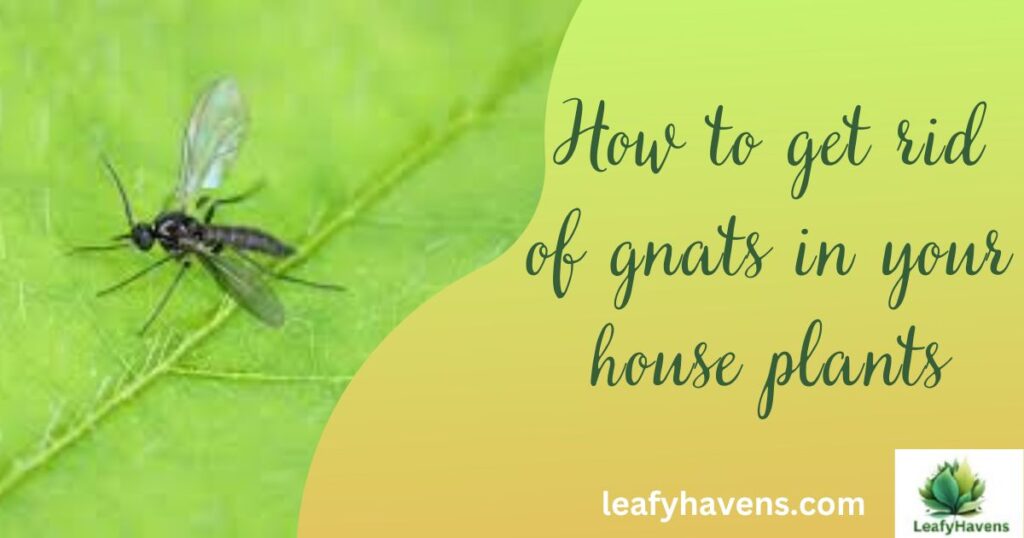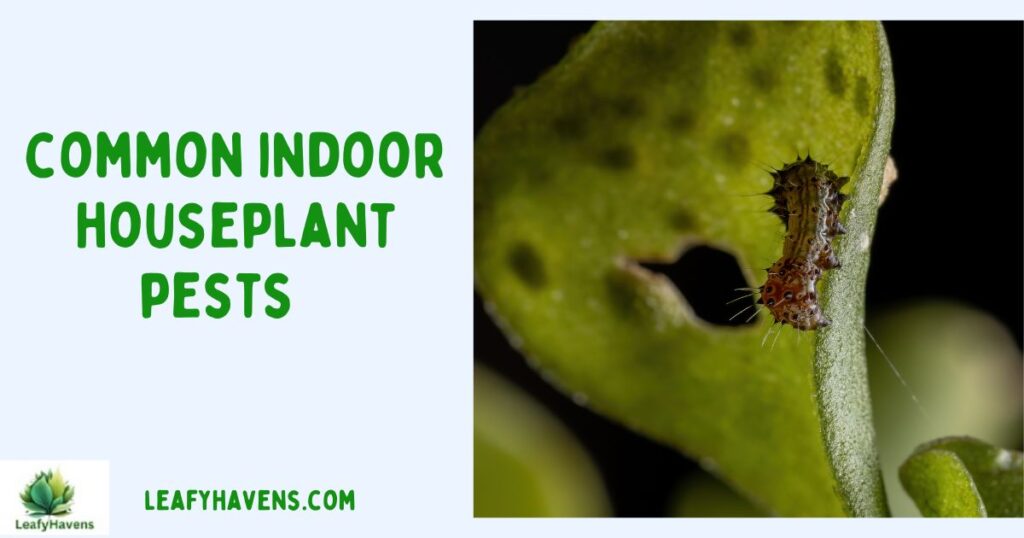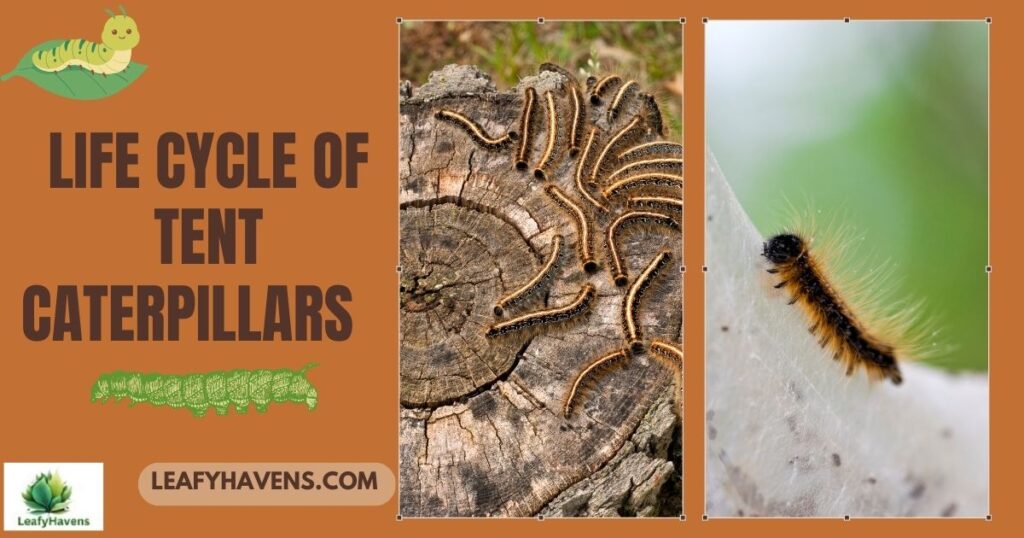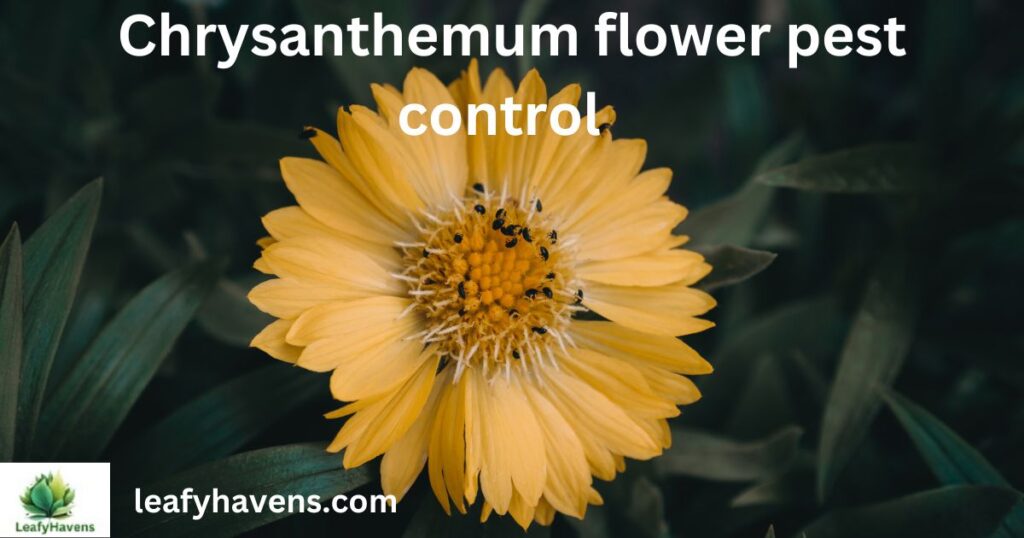If you’re a plant lover, you know that houseplants can attract annoying visitors, like gnats in your house plants. These tiny pests can harm your plants if not addressed quickly. Fortunately, there are several ways to get rid of gnats in your house plants and keep your plants healthy. In this guide, we’ll explore effective methods to help you tackle the issue of how to get rid of gnats in your house plants, including both natural remedies and store-bought solutions.
- What Are Gnats and Why Are They Attracted to House Plants?
- Common Signs of Gnat Infestation
- Step-by-Step Guide: How to Get Rid of Gnats in Your House Plants
- Additional Tips for Maintaining Healthy House Plants
- When Should You Call a Professional?
- Final Thoughts on Getting Rid of Gnats in Your House Plants
- FAQs About How to Get Rid of Gnats in Your House Plants
You may want to read; Are Neonicotinoids Banned in the US?
What Are Gnats and Why Are They Attracted to House Plants?
Gnats are small, flying insects that are attracted to the moisture found in the soil of houseplants. They typically appear in the form of fungus gnats, which thrive in damp conditions, particularly in over-watered soil. These pests lay their eggs in the soil, and when the larvae hatch, they feed on decaying organic matter and plant roots, leading to potential damage to your plants.
Common Signs of Gnat Infestation
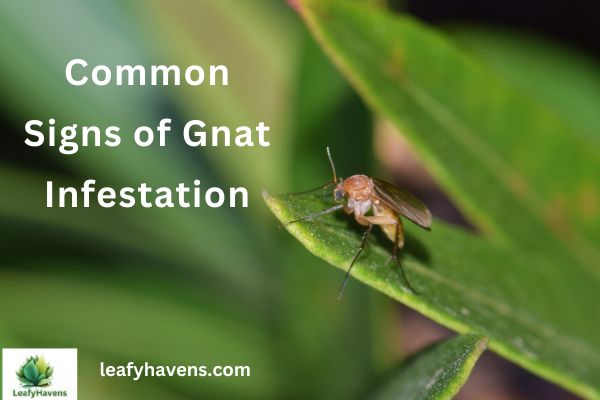
You might wonder how to spot a gnat infestation in your house plants. Here are a few common signs:
- Adult Gnats Flying Around: If you notice small flying insects around your plants, they could be adult gnats.
- Yellowing Leaves: Gnat larvae can damage plant roots, leading to yellowing or wilting of leaves.
- Mushy Roots: When inspecting the soil, you may notice a soggy or mushy texture where the larvae have been feeding on the roots.
Step-by-Step Guide: How to Get Rid of Gnats in Your House Plants
Step 1: Identify the Problem
Before jumping into solutions, it’s important to confirm that gnats are indeed the problem. Check the soil of your plants for any larvae or eggs. If you find them, you’re dealing with a gnat infestation.
Step 2: Dry Out the Soil
One of the main reasons gnats are attracted to your plants is because of overly moist soil. Gnats in your house plants thrive in wet environments, so drying out the soil can disrupt their life cycle. Avoid overwatering your plants and allow the soil to dry out between watering sessions.
Tip: Use a moisture meter or your finger to check the soil before watering again.
Step 3: Remove Affected Soil
If your plants are severely infested with gnats, consider replacing the top layer of soil. Gently remove the top 1-2 inches of soil and replace it with fresh, sterile potting mix. This will help eliminate any larvae or eggs that are present.
Step 4: Use Natural Remedies
There are several natural remedies that can help get rid of gnats without harming your plants. Here are some options:

- Apple Cider Vinegar Traps: Fill a small dish with apple cider vinegar and add a drop of dish soap. The vinegar will attract the gnats, and the soap will trap them.
- Cinnamon: Sprinkle a thin layer of cinnamon on top of the soil. It works as a natural fungicide and repels the gnats.
- Sticky Traps: Yellow sticky traps are effective at catching adult gnats. Place these traps near the base of your plants, and they will attract and trap flying gnats.
Step 5: Introduce Beneficial Nematodes
Beneficial nematodes are microscopic worms that can be added to the soil to help control gnat larvae. These nematodes feed on the larvae and reduce the population of gnats in your plants. They are safe for your plants and won’t harm your pets or children.
Step 6: Use Chemical Treatments (If Necessary)
If natural methods don’t work, you may need to turn to chemical treatments. Look for insecticidal soaps or neem oil, which can be sprayed onto the soil and plant leaves. These products are effective in killing both adult gnats and larvae, but make sure to follow the instructions on the label for best results.
Step 7: Prevent Future Infestations
After successfully getting rid of gnats in your house plants, it’s important to take steps to prevent future infestations:
- Water Properly: Ensure that your plants are not overwatered. Only water when the top inch of soil is dry.
- Use Well-Draining Soil: Make sure your plants are in pots with proper drainage to prevent water from accumulating at the bottom.
- Repot Your Plants: If the infestation is severe, consider repotting your plants into fresh soil to eliminate any lingering larvae.
Additional Tips for Maintaining Healthy House Plants
- Keep Your Plants Clean: Regularly wipe down the leaves of your plants to remove any dust or debris that could attract pests.
- Provide Proper Light and Airflow: Ensure your plants are getting enough light and airflow to discourage mold and fungal growth, which can attract gnats.
When Should You Call a Professional?
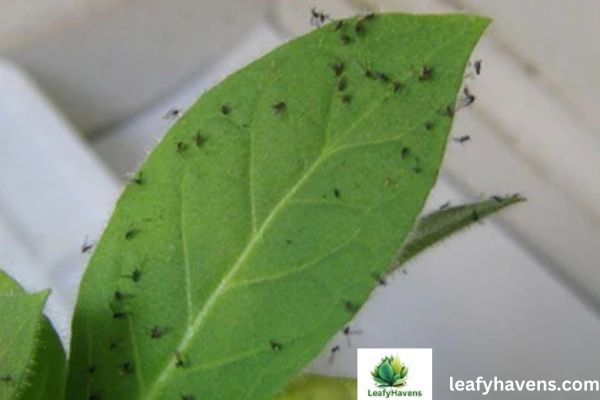
While most gnat infestations can be handled at home with the right methods, sometimes the problem may be too large to manage on your own. If you’re dealing with a persistent gnat problem or a large number of plants, it may be worth consulting a professional pest control service. They can provide targeted treatments and help you avoid future infestations.
Final Thoughts on Getting Rid of Gnats in Your House Plants
How to get rid of gnats in your house plants involves identifying the issue and using the right methods, like natural remedies, sticky traps, or chemical treatments. Act quickly to prevent damage to your plants. Proper watering and well-draining soil are key to keeping your plants healthy and gnat-free. With patience and care, your indoor garden can thrive without these pesky insects.
FAQs About How to Get Rid of Gnats in Your House Plants
1: How do I know if my plants have gnats?
If you see small, flying insects around your plants or notice yellowing leaves, mushy roots, or visible larvae in the soil, your plants likely have gnats.
2: Can I get rid of gnats without using chemicals?
Yes! Natural methods like apple cider vinegar traps, cinnamon, and sticky traps can effectively help you get rid of gnats without the need for chemicals.
3: Are sticky traps safe for all plants?
Yes, sticky traps are safe for most plants. Just place them near the base of your plants, and they will attract and trap the adult gnats without harming your plants.
4: How can I prevent gnats from infesting my plants in the future?
To prevent future infestations, avoid overwatering, use well-draining soil, and ensure your plants have good airflow. Regularly check for any signs of pests.
5: Should I use a professional pest control service for gnats?
If your gnat infestation is large or persistent, you may want to consider calling a professional pest control service to handle the problem effectively.

